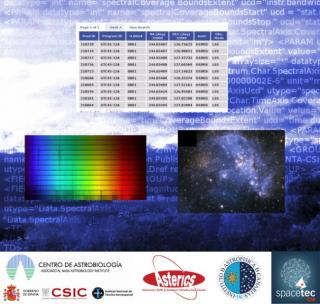
These observations, in which the Instituto de Astrofísica de Canarias participated, provide brand-new insights into the origins of the very first stars in the Universe.
Advertised on
This section includes scientific and technological news from the IAC and its Observatories, as well as press releases on scientific and technological results, astronomical events, educational projects, outreach activities and institutional events.





